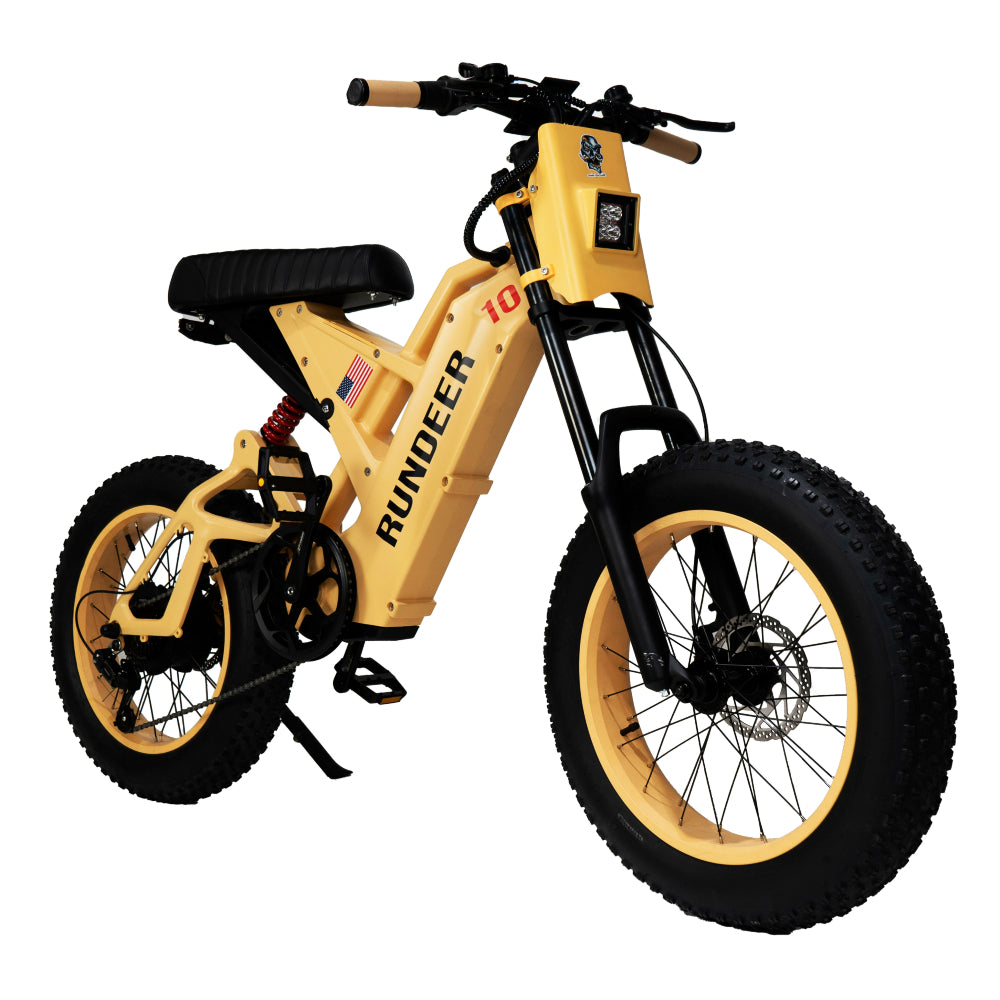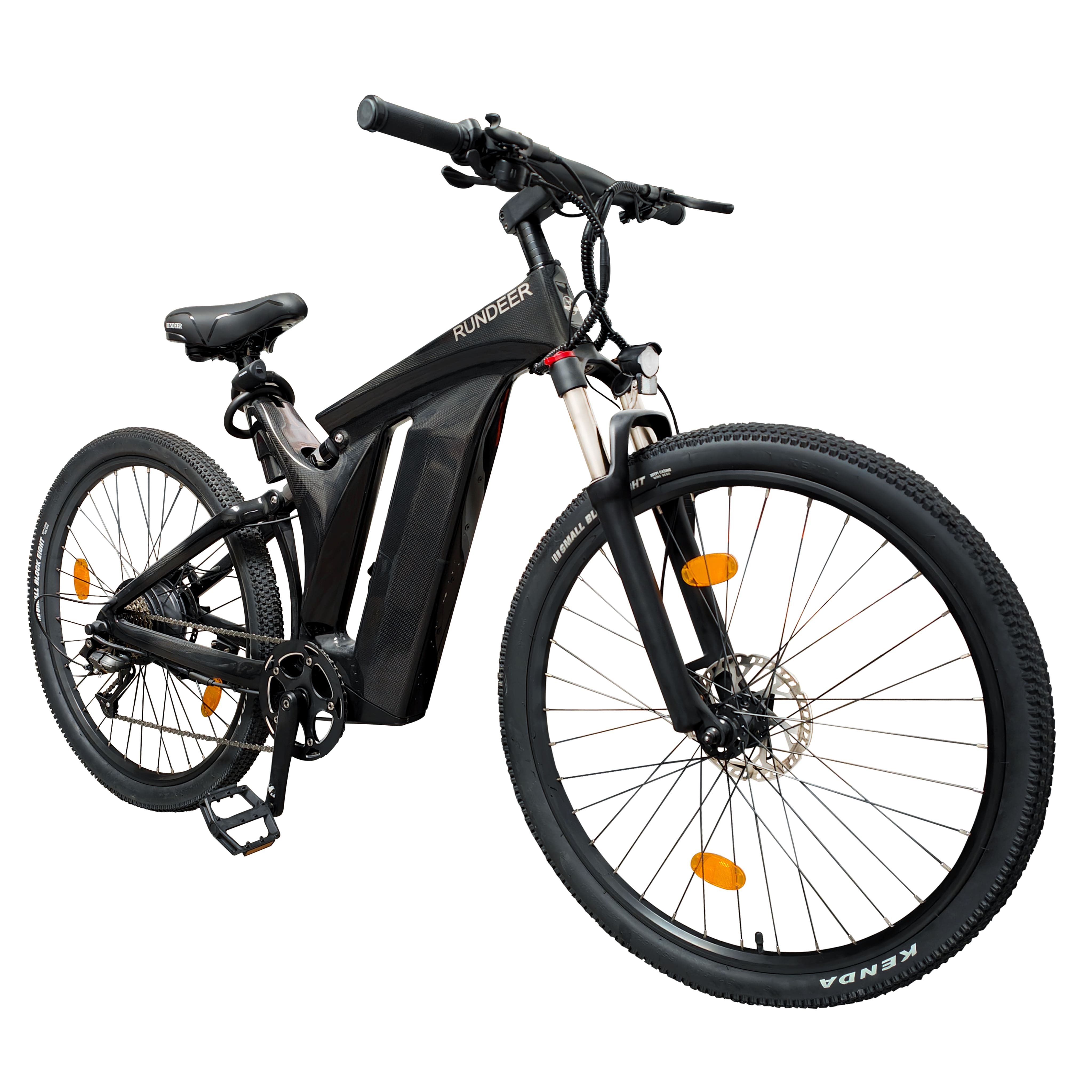
It’s official: All electric bicycles are now allowed in all national parks!
In a move being heralded by the electric bicycle community, e-bikes are now permitted to ride in all national parks on any trails open to pedal bicycles.
The new decree came in the form of an order signed under the Trump Administration by Interior Secretary David Bernhardt.
In the United States, Class 1 e-bikes can reach speeds of up to 20 mph (32 km/h), but require the rider to pedal to engage the motor. Class 2 e-bikes can reach similar speeds but have an additional hand throttle, meaning they can be ridden like motorbikes and do not require pedal input to activate the motor (though most also have pedal assist systems to function like Class 1 e-bikes). Class 3 e-bikes are similar to Class 2 e-bikes, except that they can reach higher speeds of up to 28 mph (45 km/h).
The new law allows all three classes of e-bikes to ride on cycling trails in national parks, though Class 2 and Class 3 e-bikes are not allowed to use the throttle control. Those e-bikes must be pedaled like standard Class 1 e-bikes while on national park trails. Thus far it appears this will be handled on the honor system.
We’ll see how that goes.

This is great news, generally speaking.
Obviously I’m a bit biased here, as I’m a pretty outspoken member of the electric bicycle community.
But look at it from our perspective. We’re cycling enthusiasts that enjoy being able to ride farther and explore deeper thanks to our e-bikes, and yet we have often been excluded from entering some of the best cycling areas in the country, and perhaps the world.
At a time when pedal bicycle sales are plummeting to record lows, e-bike sales are actually soaring. E-bikes are responsible for keeping more people on two wheels. Whether its getting them active on trails or out of cars for their commutes, e-bikes are a net positive for society. And whether you ride an acoustic or electric bike, you can’t argue that fact. Electric bicycles simply open the door to get more people on two wheels.
I believe that many of the arguments against sharing trails with e-bikes simply come from misinformed individuals. I often hear people worrying about getting hit by an electric bike. While this is a fair concern, I don’t see how it is anymore common than being hit by a pedal bicycle. Both can reach speeds of 20 mph (32 km/h) easily, and I have many cyclist friends who pedal at speeds much higher. Are e-bikes heavier? Sure. But perhaps by 20 lb (9 kg). The average bike and rider is going to be somewhere around 200 lb (91 kg) anyways, so we’re talking about a difference of under 10% in most cases. That’s the difference between a pedal cyclist who kept his or her new year’s resolution and one who didn’t.
What I can I understand is the argument where cyclists worry that inexperienced new riders on e-bikes will get themselves or others into trouble by riding past their abilities on some of these popular trails. And that’s a legitimate concern. But the answer is rider education, not blanket banning.
If we banned cars after they were first invented once we learned that people could get themselves into trouble, where would we be as a society?
So I applaud the news that pedal assist electric bicycles will finally be treated like the bicycles they are, at least in national parks.










